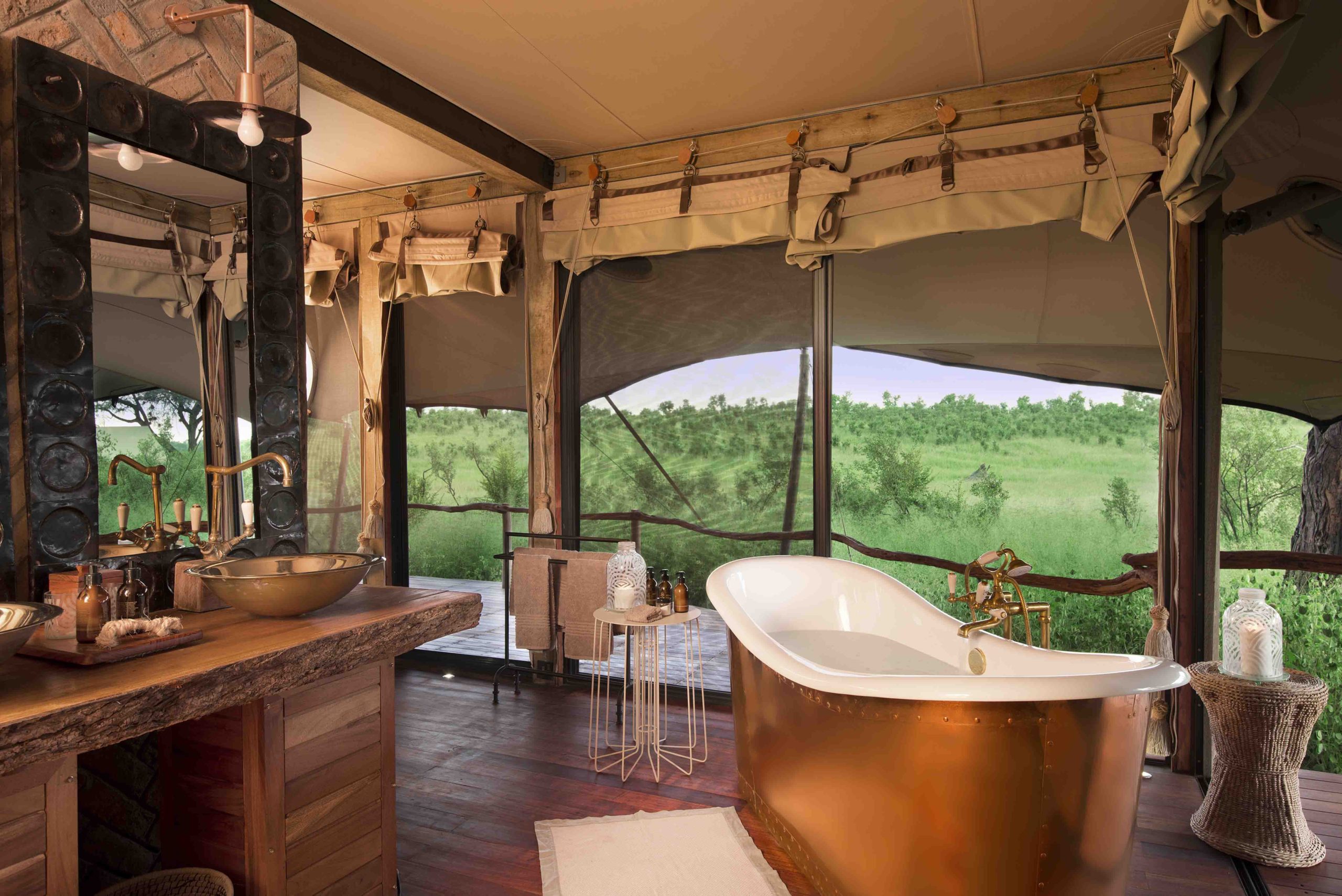Hwange National Park
Vast plains, home to huge herds of roaming elephant and the legend of Cecil the lion
What will I experience?
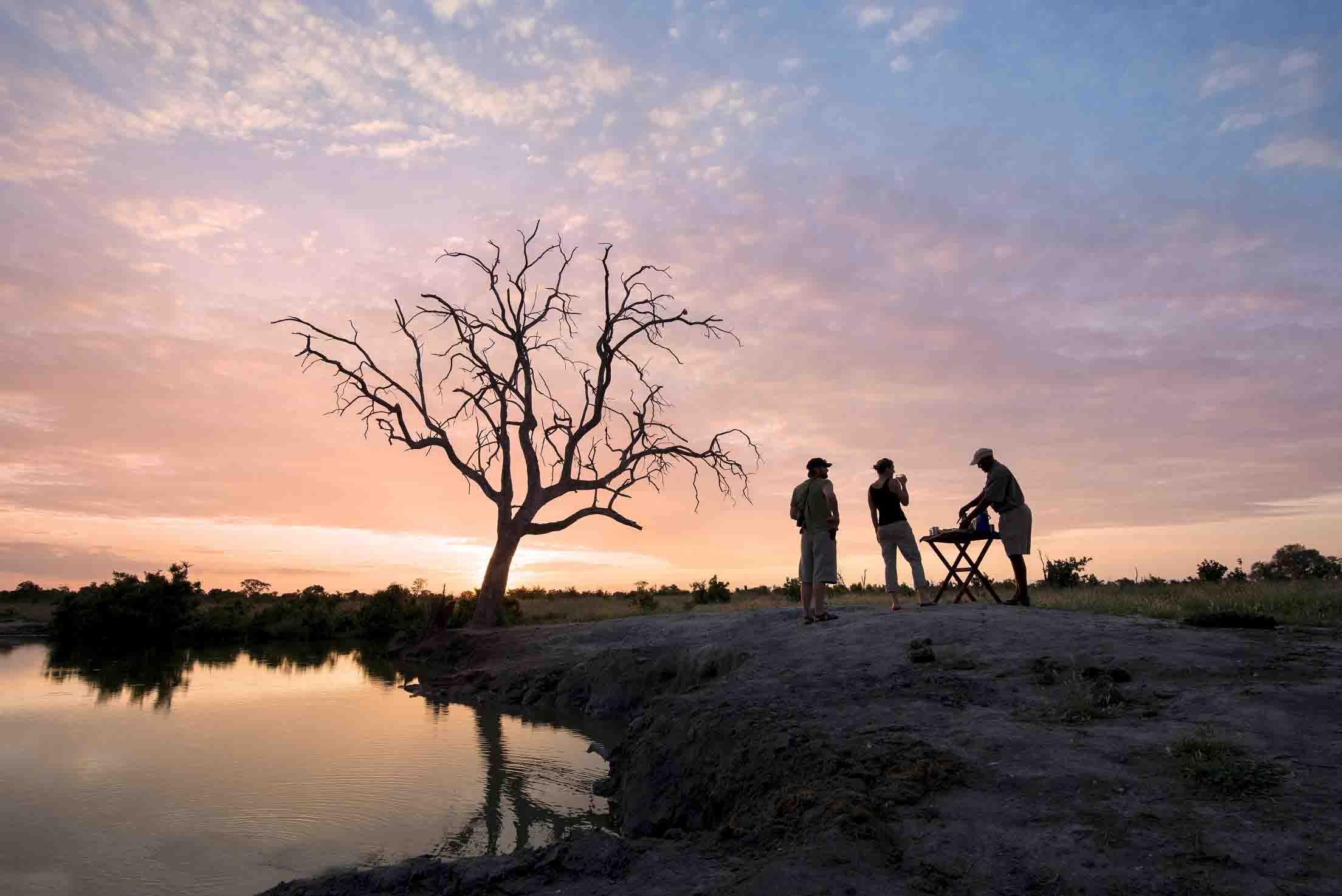
Silent as a breath before dawn a lioness steps from the shadows, gently padding her way through the golden savannah, her coat ripples tawny over her lean muscular body. Ears and eyes flicker from left to right as she alerts to the signs carried on the cool morning air.
She arches her back into an elegant stretch, preparing herself for the day. Nose raised high she breaths deeply, a familiar scent has caught her attention, it is not prey she smells, but rather the comforting presence of her older sister, as she leads her young cubs out of the brush. One by one the pride comes into view, but these are not just any lions, they are the heirs to royalty, the daughters of a king, their cubs are the grandchildren of Cecil the lion.
Read More
Recognizable by his black-fringed mane, Cecil was Hwange National Park’s most famous king of beasts. His story was not one of ease or peace. He fought claw and tooth for his place and title, defeating dominant males, losing his brother in one such fight, before being ousted by younger contenders. Cecil ultimately turned scientific notions of lion behaviour on their head by forming an unlikely bond with another male lion, Jericho, to create two prides with a number of lionesses and
cubs. Having fought for pride of place in the animal kingdom on numerous occasions, Cecil will go down in history as the lion whose death changed the world’s view on trophy hunting.
Today Cecil’s legacy is carried on by the pride he formed with Jericho, and if you are lucky you might encounter Humba and Netsayi, the pride males. These two powerful and spectacular lions inherited their extravagant manes and affinity for showing off for safari vehicles from their fathers. An ancient symbol of courage, strength and majesty the lion is one of Africa’s most remarkable creatures. It is easy to tell why they gained this reputation as you watch Humba and Netsayi’s graceful movements. Each step is powerful, their massive manes a rite of passage into adulthood, their ominous roars a warning to any other male who might dare to challenge them.
Hwange National Park, the historic home of Cecil the lion is still one of the best places in Africa to see lions in their natural habitat, an awe inspiring experience that will take your breath away and hold you in its grip.
Tell me more
Founded in 1928 and covering an area in excess of 14 600 square kilometres (5 863 square miles), Hwange National Park is Zimbabwe’s largest natural reserve. The park lies in the west of the country just off of the main road between Bulawayo and Victoria Falls.
There are two distinct geographic zones in the park which are characterised by the types of vegetation found in each. The well drained northern parts of the park form part of the Zambezi watershed and feature predominantly Mixed Terminalia and Mopane trees. Elsewhere in the park the flora is largely made up of stunted Teak woodlands and Umtshibi trees. These Kalahari scrublands drain into the Makgadikgadi Depression in Botswana and are characterised by marshy vleis and open grasslands covering shallow soil.
The park is host to over 100 mammal, and 400 bird species, including all of Zimbabwe’s specially protected species, it is also the only protected region where gemsbok and brown hyena numbers have reached reasonable levels. Populations of Cape wild dogs in the park are thought to be amongst the larger surviving groups in Africa. Other predators present in Hwange National Park include lion, leopard, cheetah and spotted hyena. One of the most prolific animals in the park are elephant, whose population numbers doubled in a period of 5 years following the end of population reductions through culling in 1986.
When should I go?
The optimal time for wildlife viewing in Hwange National Park is from July until October. Thinning vegetation and the congregation of animals around the various waterholes as water becomes more scarce, makes them easier to see. Beautiful blue skies are a daily norm and rain during this period is very rare. Daytime temperatures are warm but not oppressively so and evenings are cool.
Avid birders might prefer to visit the park during the summer months from November until April as birdlife becomes more prolific and there are usually a number of migratory species present during this period. Also known as the green season, Hwange National Park transforms into a scene of lush green fields with an abundance of grazing. The animals in the park disperse to make the most of the
ample food sources, baby animals are common place during this time and a sense of magic hangs in the air.
Gallery
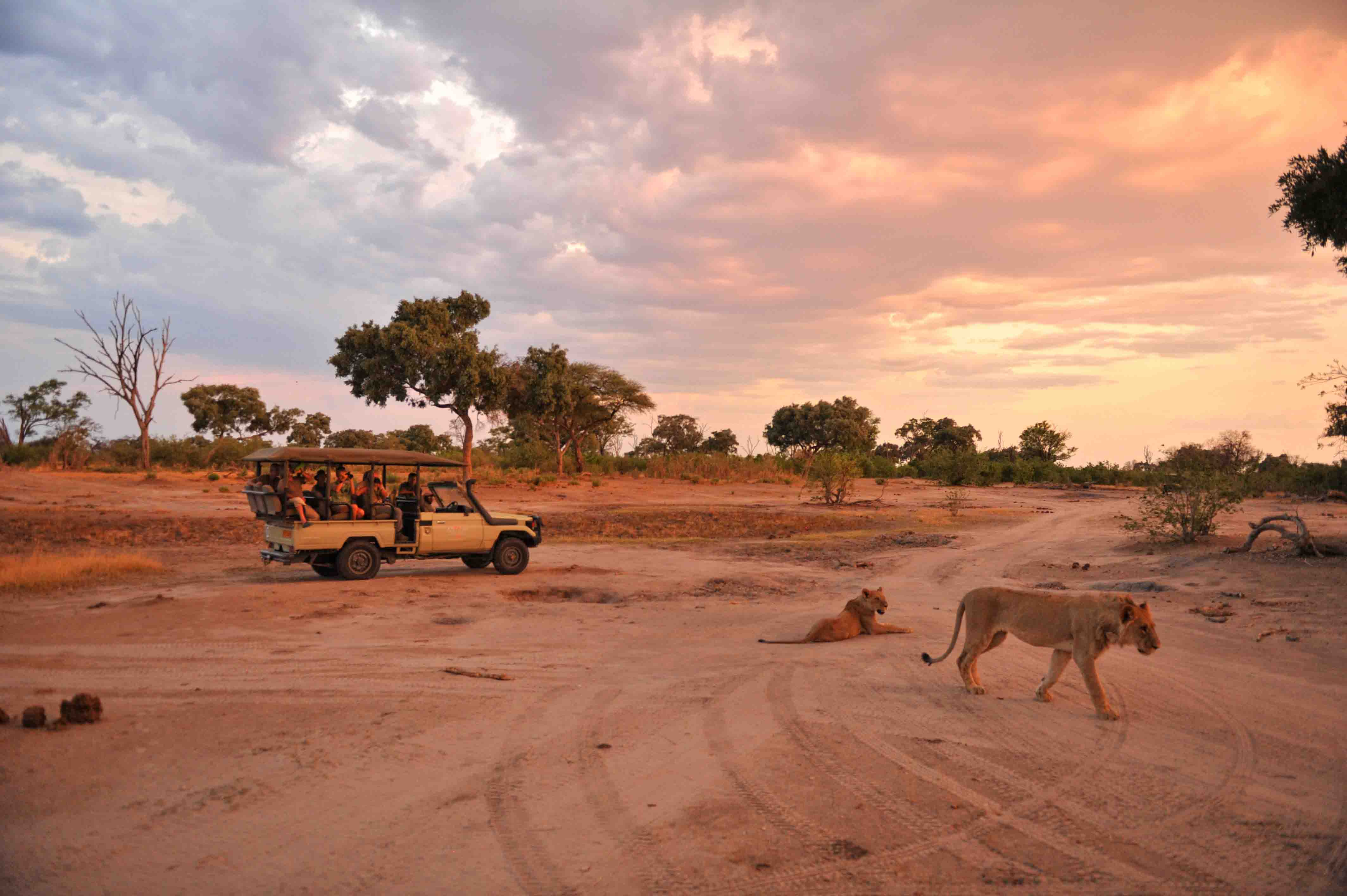
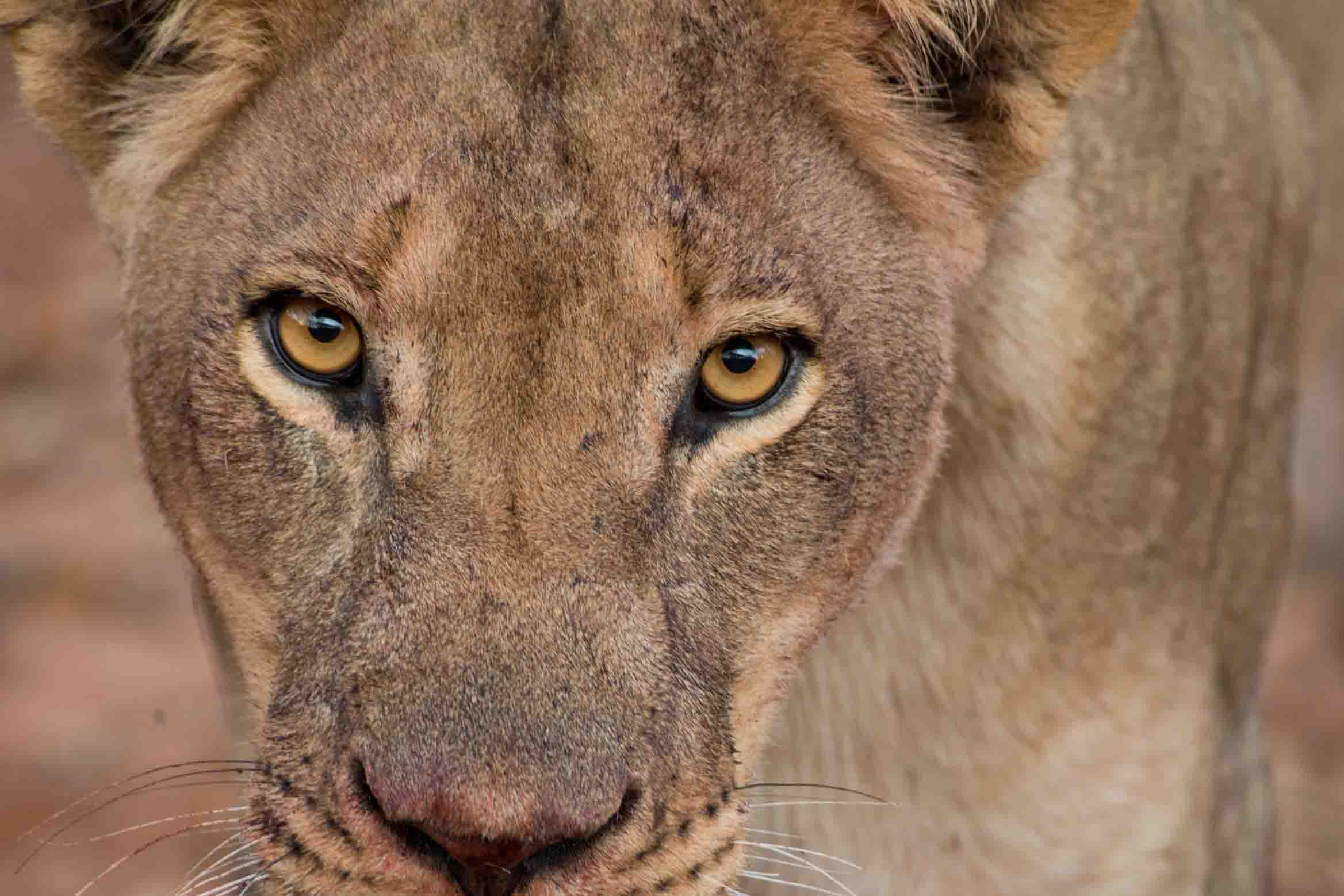
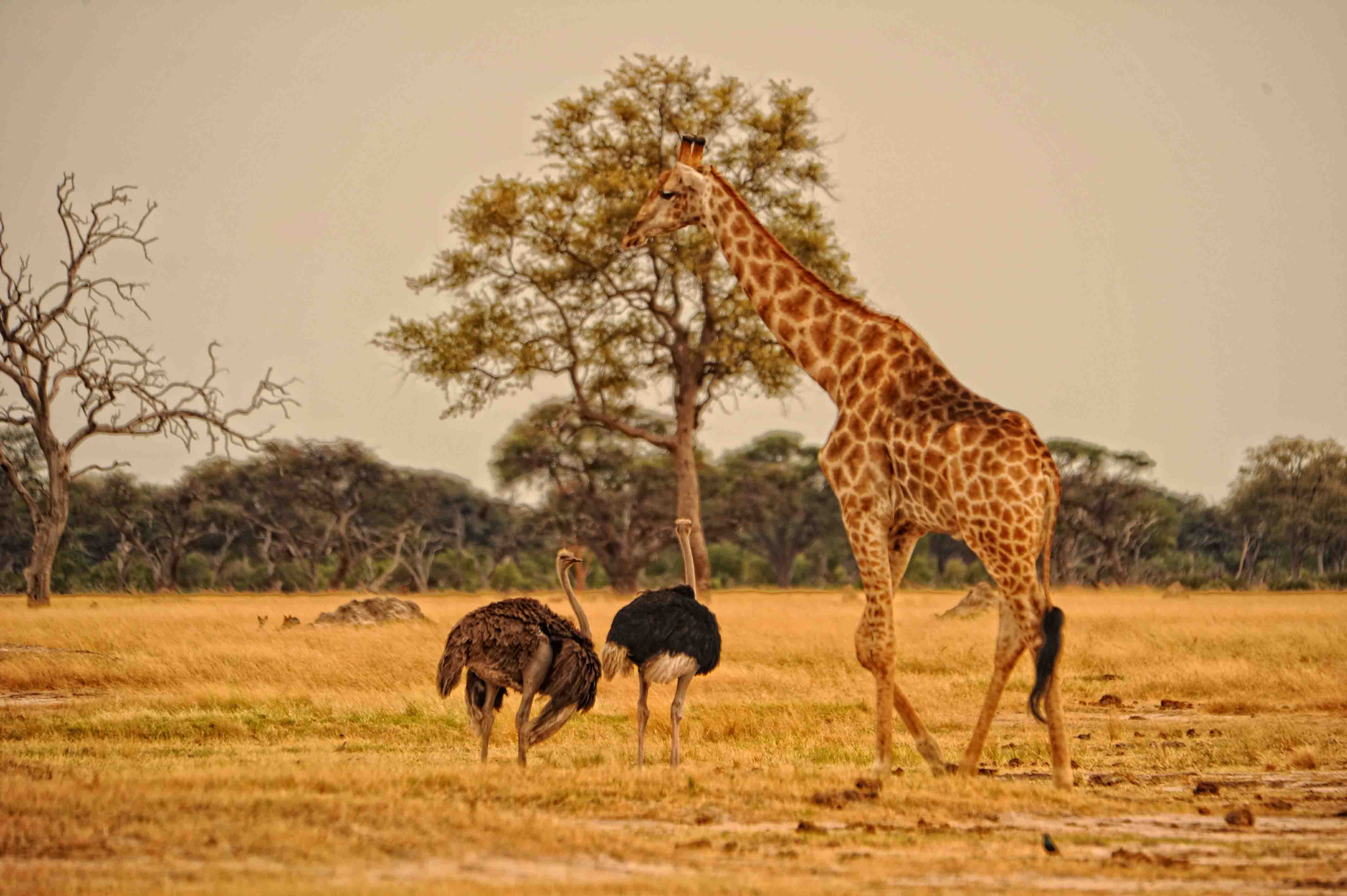
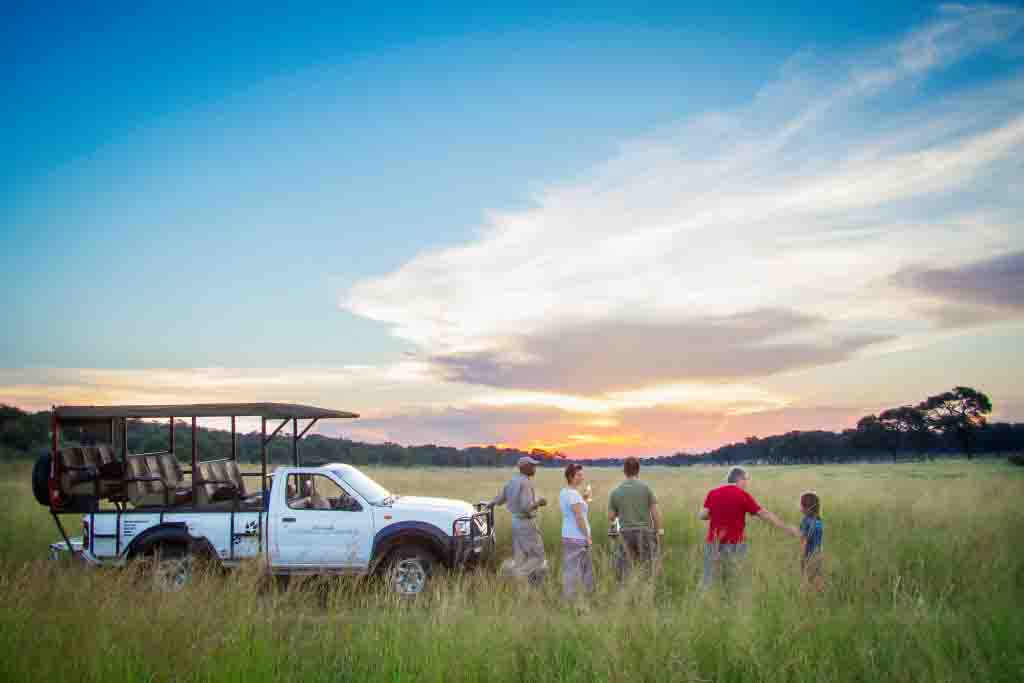
CAMPS
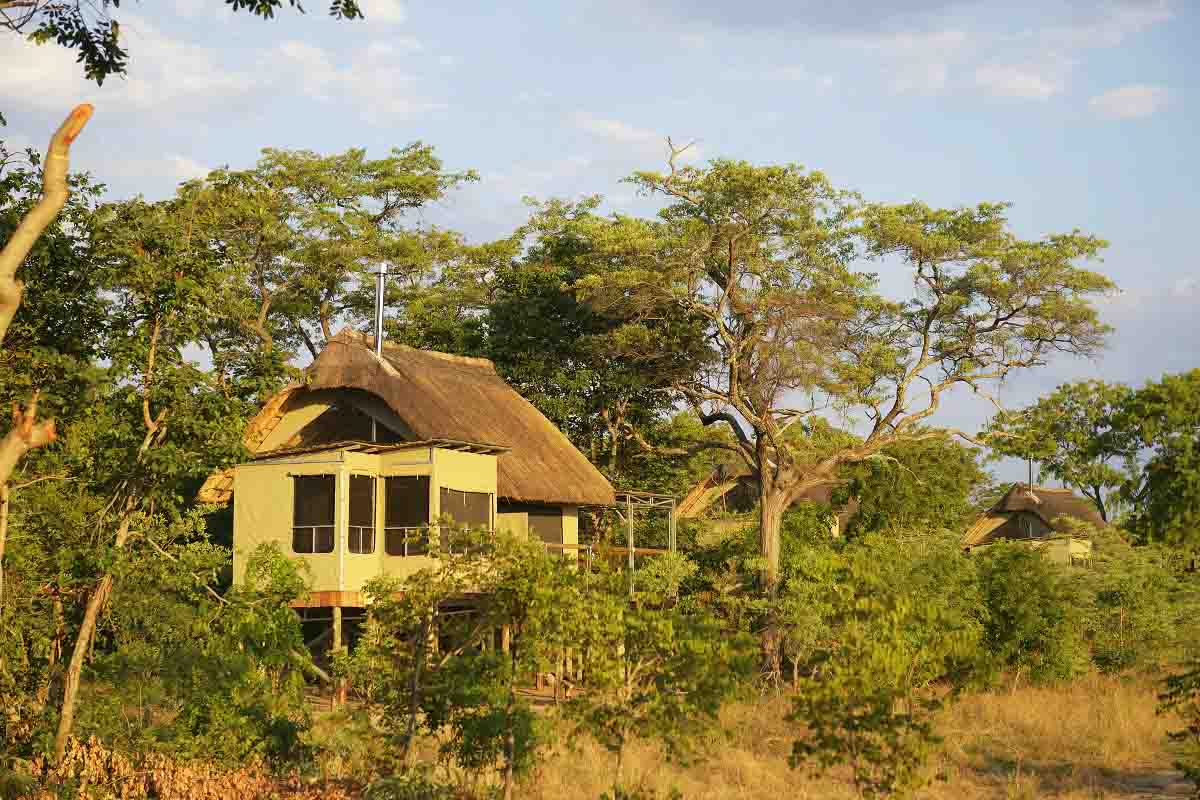
Elephant's Eye
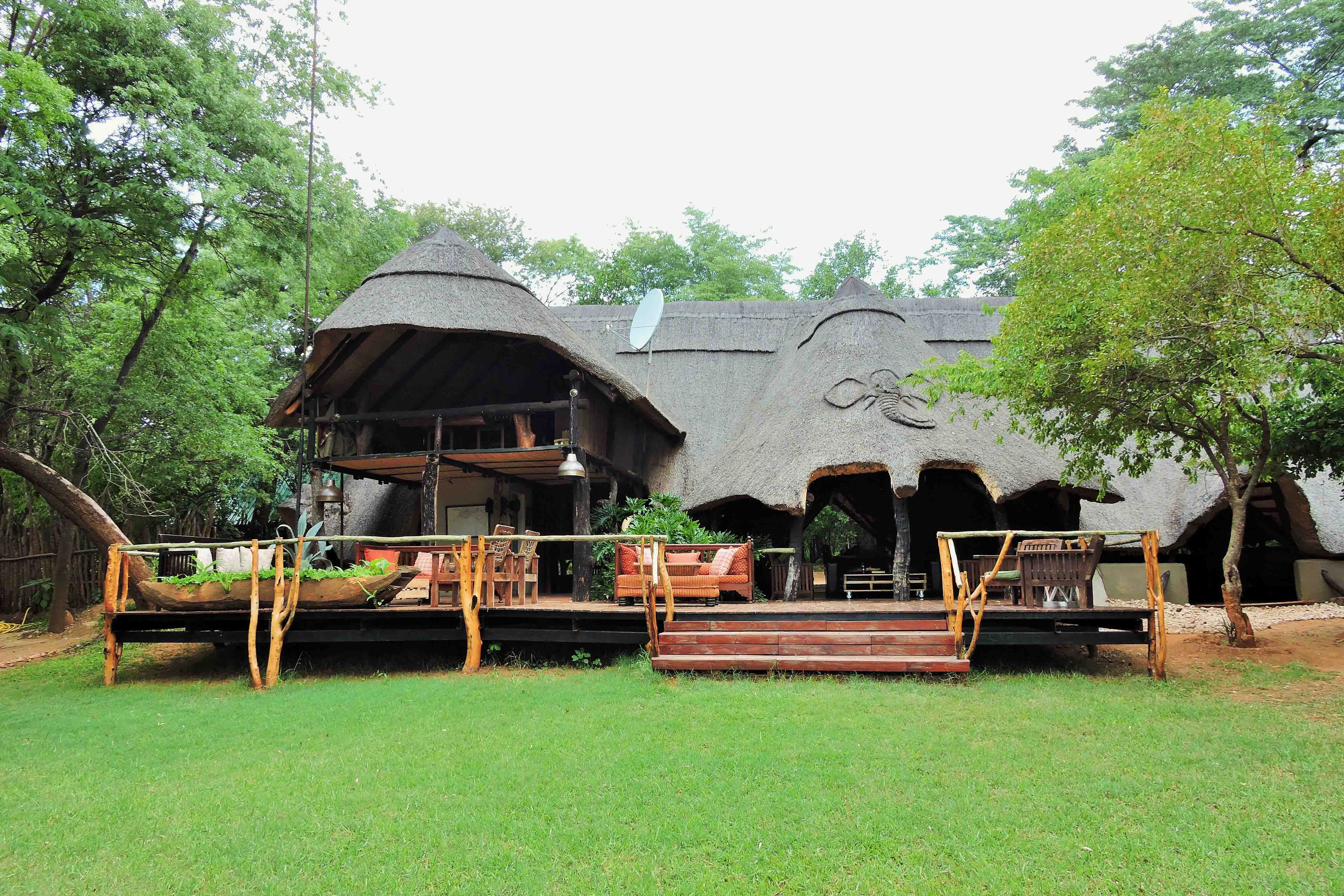
Ivory Lodge
